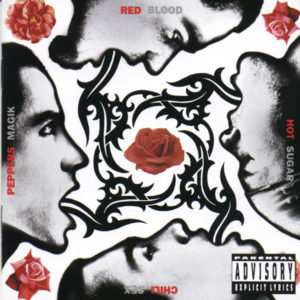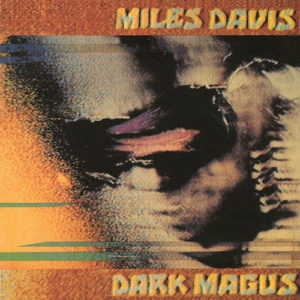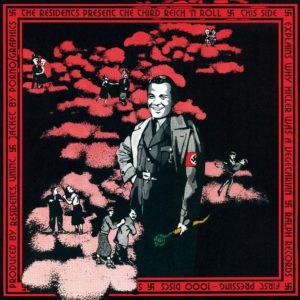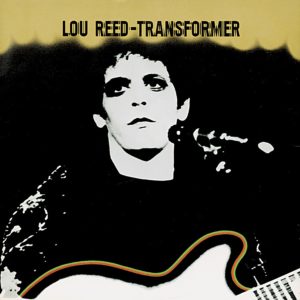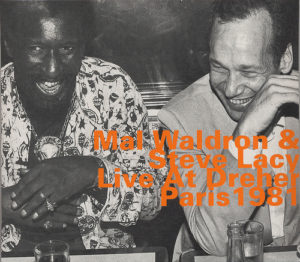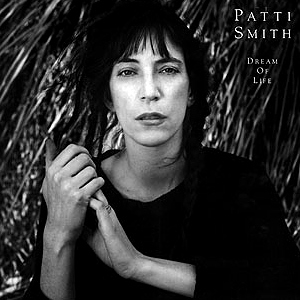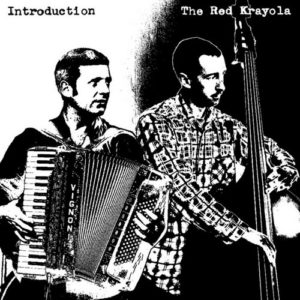Red Hot Chili Peppers – Blood Sugar Sex Magik Warner Bros. 07599-26681-2-5 (1991)
At the time, I certainly knew about the Chili Peppers. I probably liked them a little, but didn’t really pay any particular attention. My brother had What Hits!? and The Uplift Mofo Party Plan. Most of my friends had Blood Sugar Sex Magik I recall. And you heard the singles everywhere — the radio, MTV, other people’s stereos. For the most part, I forgot about them, and had no interest in the later stuff. So twenty years out, amidst a random visit back to some early 1990s music, I came back to this album. Well, it sounds better than I remember. The formula is pretty simple but still effective. It’s built on the kind of funk rock that Hendrix was doing with “Dolly Dagger,” informed by 70s funk too (thankfully omitting any 80s funk influence), with an awareness of punk and hip-hop hinted at in the music. Anthony Kiedis tends to stay within his vocal abilities, and by half rapping most of the time his street-wise delivery overcomes the limitations of the idiocy of the lyrics. But the band’s secret weapon is without a doubt guitarist John Frusciante. Prior to becoming a drug casualty (or his subsequent recovery), he just fills out the band’s sound with perfectly funky yet razor sharp solos. His tone is bolstered by a kind of flange or other effect that rolls his guitar tone around in every riff while still sporting a full sound with crisp edges. The band can do seemingly anything it wants behind his guitar.
So this album is mostly head-thumping, fun, pounding rock, with just a few changes of pace like the mellow hit “Under the Bridge” to prevent monotony. I wouldn’t have guessed this would have aged as well as it has. Thank Frusciante for that.

